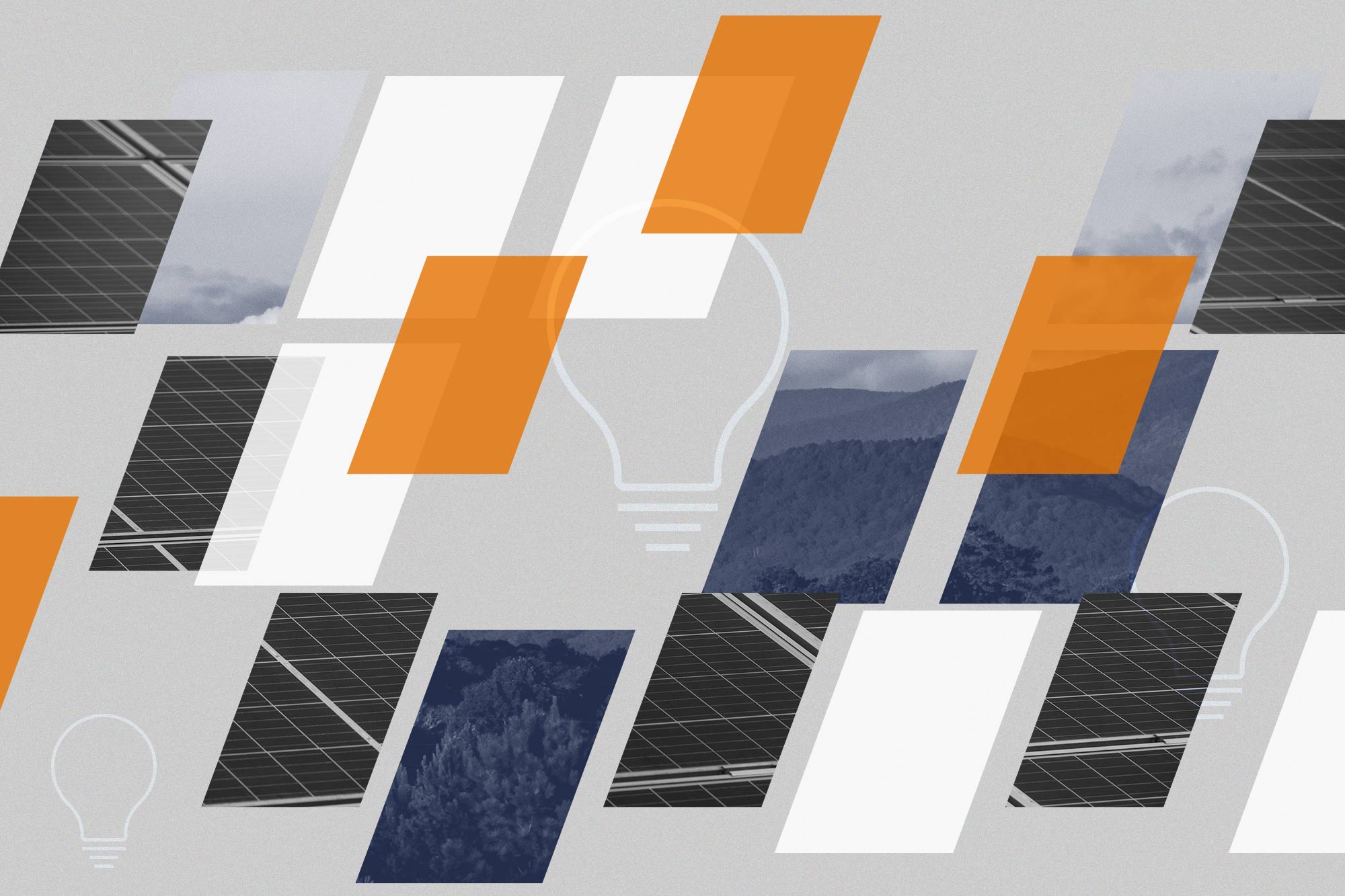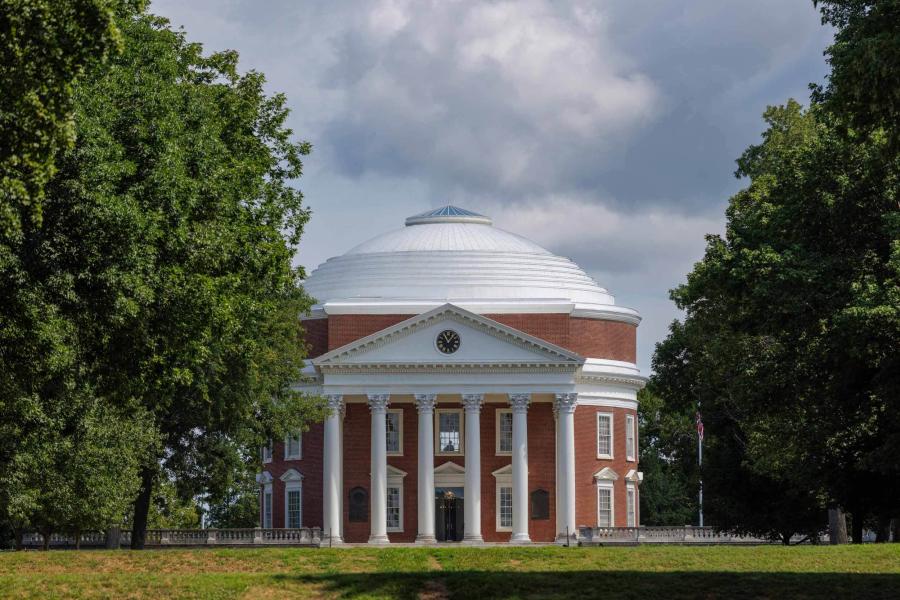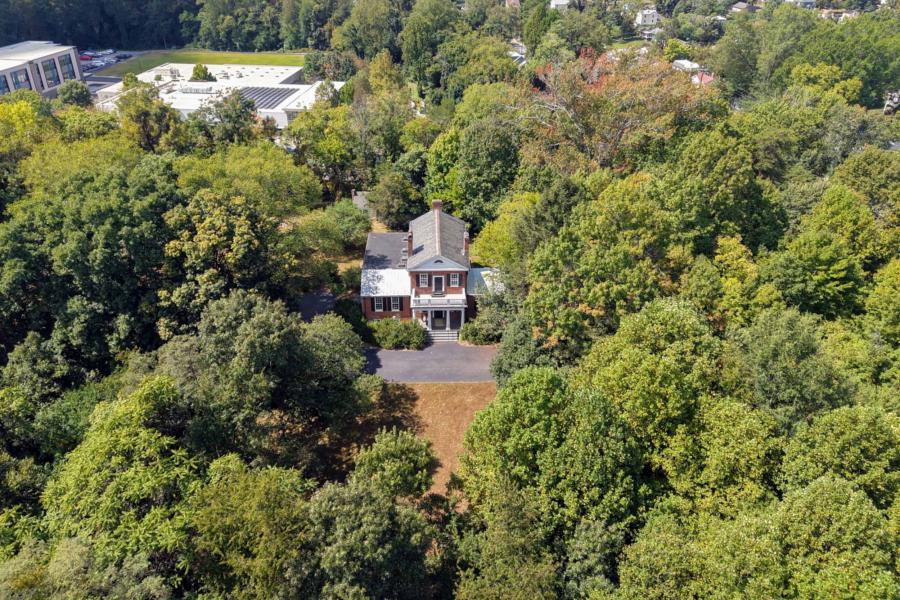Gov. Glenn Youngkin is currently compiling his administration’s priorities for the future of energy development and use in Virginia.
The Virginia Energy Plan, which is updated every four years, will be released this fall as “a data-driven roadmap that considers all energy sources and is transparent with Virginians about the opportunities and costs each energy source presents,” according to the state’s energy department.
Despite any policy changes that might occur, experts at the University of Virginia’s Weldon Cooper Center for Public Service said the future of solar energy adoption continues to look bright for the state.
“Things are going exceedingly well,” said Elizabeth Marshall, senior project coordinator for the center’s Virginia Solar Initiative. The initiative provides data to help legislators and planners make informed decisions about solar energy.
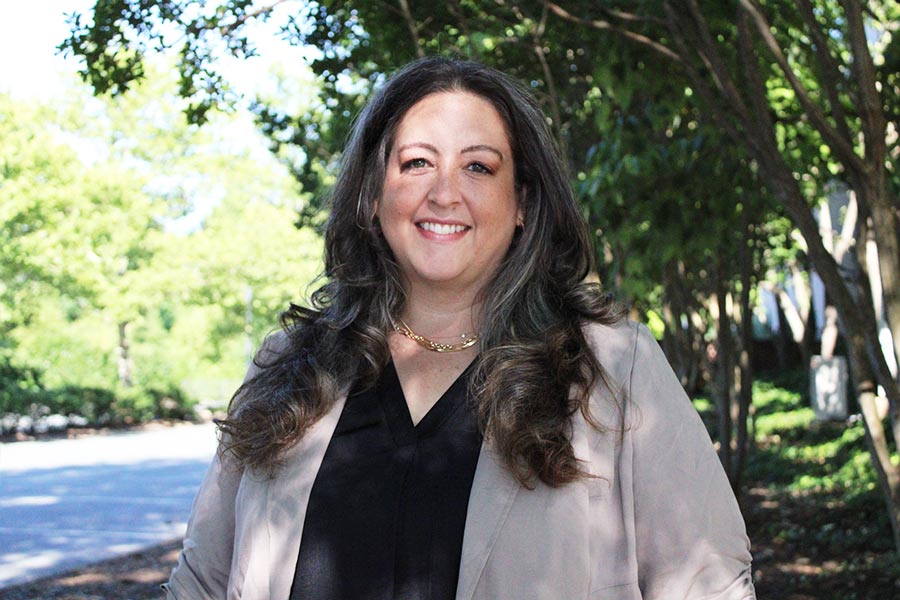
Elizabeth Marshall is the senior project coordinator for the Virginia Solar Initiative. (UVA Cooper Center photo)
The last five years have seen rapid growth, particularly in the largest-scale projects. Solar energy production more than doubled from 2020 to 2021.
And last year for the first time, the state generated more energy from solar than it did from coal.
Virginia ranked fourth in the nation in the number of solar installations in 2021. Only California, Texas and Florida installed more.
Bill Shobe, a professor of public policy who studies energy economics for the Cooper Center, forecasts that solar will continue to grow rapidly in Virginia because of its financial attractiveness.
“It is, by far, our cheapest source of new electricity generation capacity,” Shobe said.
As the state continues to add panels, “We’re learning more every year, and the state and localities are responding by updating and improving their policies every year,” Marshall said.
But with growth comes a host of considerations. Marshall said the governor’s energy plan will focus on several priorities: competitive rates for all energy consumers, reliable and responsible development, and rural economic development.
The plan will likely build on recently passed legislation that requires solar farms and other renewable energy projects to submit mitigation plans if at least 10 acres of “prime agricultural soil” or 50 acres of forest would be adversely impacted.
According to the inaugural Virginia Solar Survey, published by the Cooper Center in April, rural areas of the state, primarily in the central and southern regions, have led in solar energy adoption. The survey was conducted last year and is the first to provide a comprehensive look at solar adoption statewide, along with identifying major topics of concern.
However, some state residents have worried about solar panels gobbling up land that could be producing food. Others have expressed concerns about what might happen to the visual landscape.
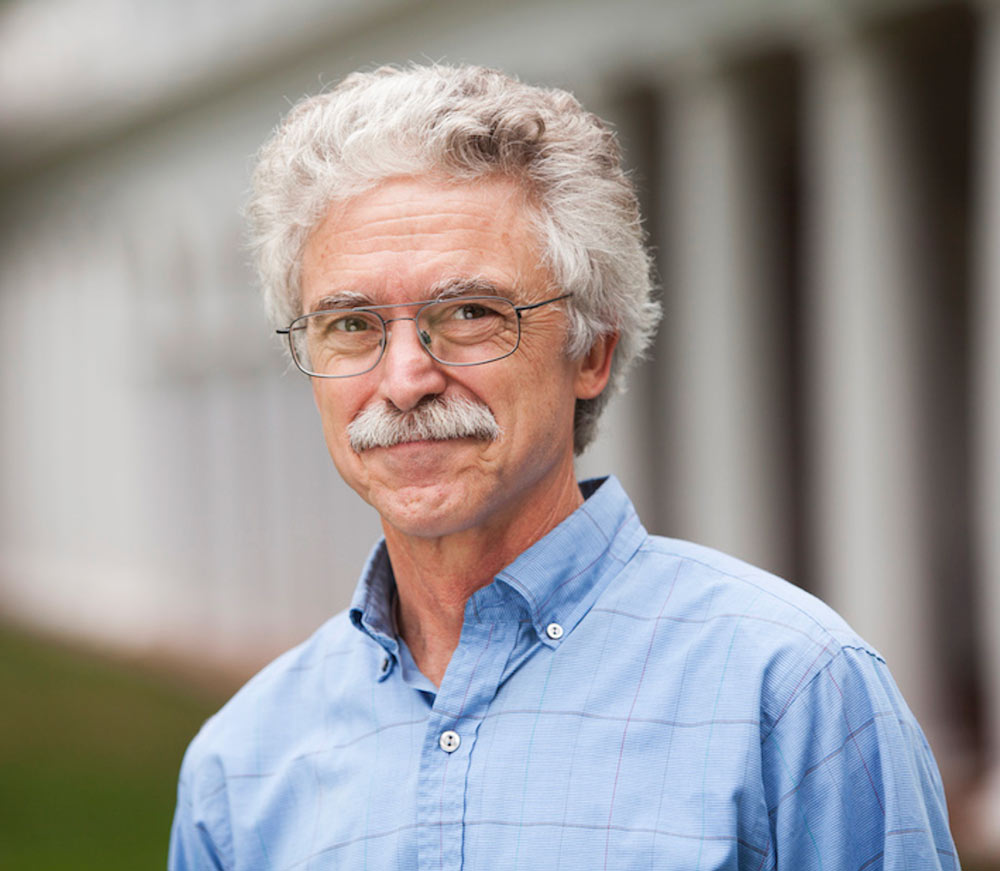
Bill Shobe is the Weldon Cooper Center for Public Service’s energy economist. (UVA Frank Batten School of Leadership and Public Policy photo)
Marshall said those are legitimate considerations, and the Cooper Center encourages responsible and intentional planning, “including long-range planning and identifying energy goals and siting priorities.” That might include, for example, siting large solar projects on formerly developed lands such as “brownfields,” which may be less desirable for other purposes due to potential contamination.
For many rural areas, though, the benefits of solar outweigh the drawbacks.
“Landowners get a long-term, stable source of income, and localities get a steady increase in tax revenues for the 30-year life of the installation,” Shobe said. “This is a significant net economic benefit to rural localities.”
One number in the state’s national rankings was a bit of a surprise. Virginia ranked 47th for distributed solar power generation – meaning those panels installed on rooftops. But even that figure belies a recent boom. With an estimated 26,000 installations as of the fourth quarter of last year, net metering more than doubled in the state from 2019 to 2021.
Localities are starting to address the barriers that property owners face to adopting solar, and that’s in part thanks to the Cooper Center.
Reducing red tape that could lead to passing on costs to consumers dovetails with the governor’s planning. The center does so through participation in the Department of Energy’s SolSmart program, its development of tax planning tools such as SolTax, and through data-gathering efforts and other research.
“Through the SolSmart program, we work with localities to identify ways of speeding up the permitting process, improving the economics for both installers and homeowners,” Shobe said.
Marshall added, “It can be challenging for localities to navigate a new solar policy landscape; there are many questions and unknowns related to implementing new legislation and balancing increased solar development with citizen concerns and land use considerations. Our role is to provide localities with the best available resources, tools and research to inform their policy discussions.”
The University has been doing its part to adopt solar. UVA has two remote solar sites that produce about a quarter of its total electricity. It also has solar panels on select rooftops on Grounds that either feed energy into the building or into the community. The programs are partnerships with Dominion Energy.
For information about solar use at UVA, check out the Renewable Energy Tracker.
Media Contact
Communications Manager School of Engineering and Applied Science
williamson@virginia.edu (434) 924-1321
Article Information
September 15, 2025

